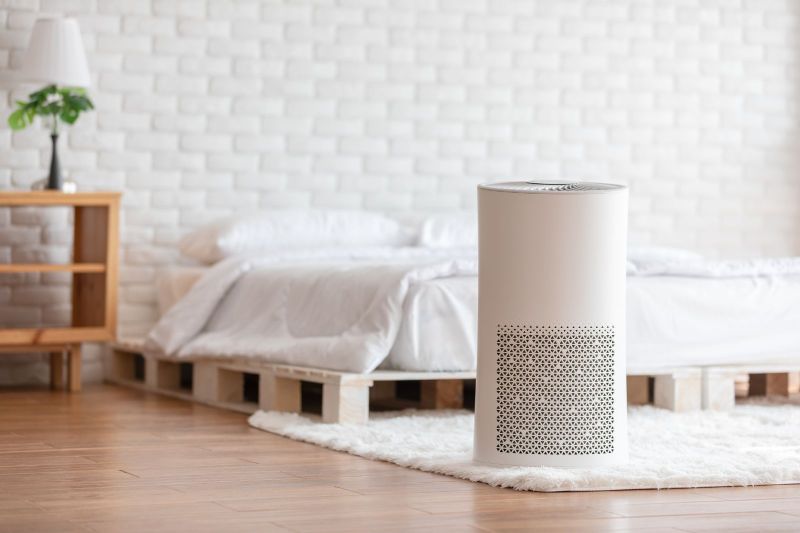Air purifiers and dehumidifiers are two types of appliances that can improve indoor air quality. Both of these devices have unique features that make them useful in specific circumstances. Understanding the differences between air purifiers and dehumidifiers is essential when it comes to choosing the right appliance for your needs.
Air Purifiers
Air purifiers are appliances designed to remove contaminants from indoor air. These contaminants may include pollen, dust, pet dander, and other small particles that can be harmful to human health. Air purifiers work by drawing in air from the room and passing it through a filter. The filter captures the contaminants and releases clean air back into the room.
Air purifiers are available in different sizes and types, from small portable units to large whole-house systems. Some air purifiers use HEPA (High-Efficiency Particulate Air) filters, which are highly effective at capturing small particles. Other air purifiers use electrostatic filters that use a static charge to attract particles.
The benefits of air purifiers are many. They can help alleviate symptoms associated with allergies and asthma by removing allergens from the air. They can also improve the overall air quality in a home or building, making it a healthier environment to breathe in.
Dehumidifiers
Dehumidifiers are appliances designed to remove excess moisture from indoor air. High levels of humidity in a home can lead to mold growth, musty odors, and other issues that can affect indoor air quality. Dehumidifiers work by drawing in humid air and passing it over a cold coil. The moisture in the air condenses on the coil, and the resulting water is collected in a reservoir.
Like air purifiers, dehumidifiers are available in different sizes and types. Small portable units are suitable for individual rooms, while larger whole-house systems are designed to dehumidify an entire home.
The benefits of dehumidifiers are numerous. They can prevent mold growth, which is a common problem in areas with high humidity. Dehumidifiers can also reduce musty odors and improve indoor air quality by decreasing the levels of allergens in the air. In addition, dehumidifiers can also help prevent damage to the structure of a building, as high levels of moisture can cause wood to warp and rot.
The Differences between Air Purifiers and Dehumidifiers
Although air purifiers and dehumidifiers share the goal of improving indoor air quality, they work in different ways. Air purifiers remove contaminants from the air, while dehumidifiers remove excess moisture. Air purifiers are beneficial for individuals who suffer from allergies and asthma or for those who want to improve the overall air quality of a building. Dehumidifiers are useful in areas with high humidity levels, where mold growth and musty odors are a concern.
It's important to note that air purifiers and dehumidifiers can work together to improve indoor air quality. High humidity levels can promote the growth of mold and other allergens, which can then be captured by an air purifier. Similarly, air purifiers can capture pet dander, dust, and other small particles that can be exacerbated by high humidity levels.
When choosing between an air purifier and a dehumidifier, consider the specific needs of your home or building. If you live in an area with high humidity levels, a dehumidifier may be the best choice. If you suffer from allergies or asthma or want to improve overall air quality, an air purifier may be the better option. In some cases, both appliances may be necessary to achieve optimal indoor air quality.
Air purifiers and dehumidifiers are appliances that can improve indoor air quality. Understanding the differences between these two types of devices can help you choose the right

